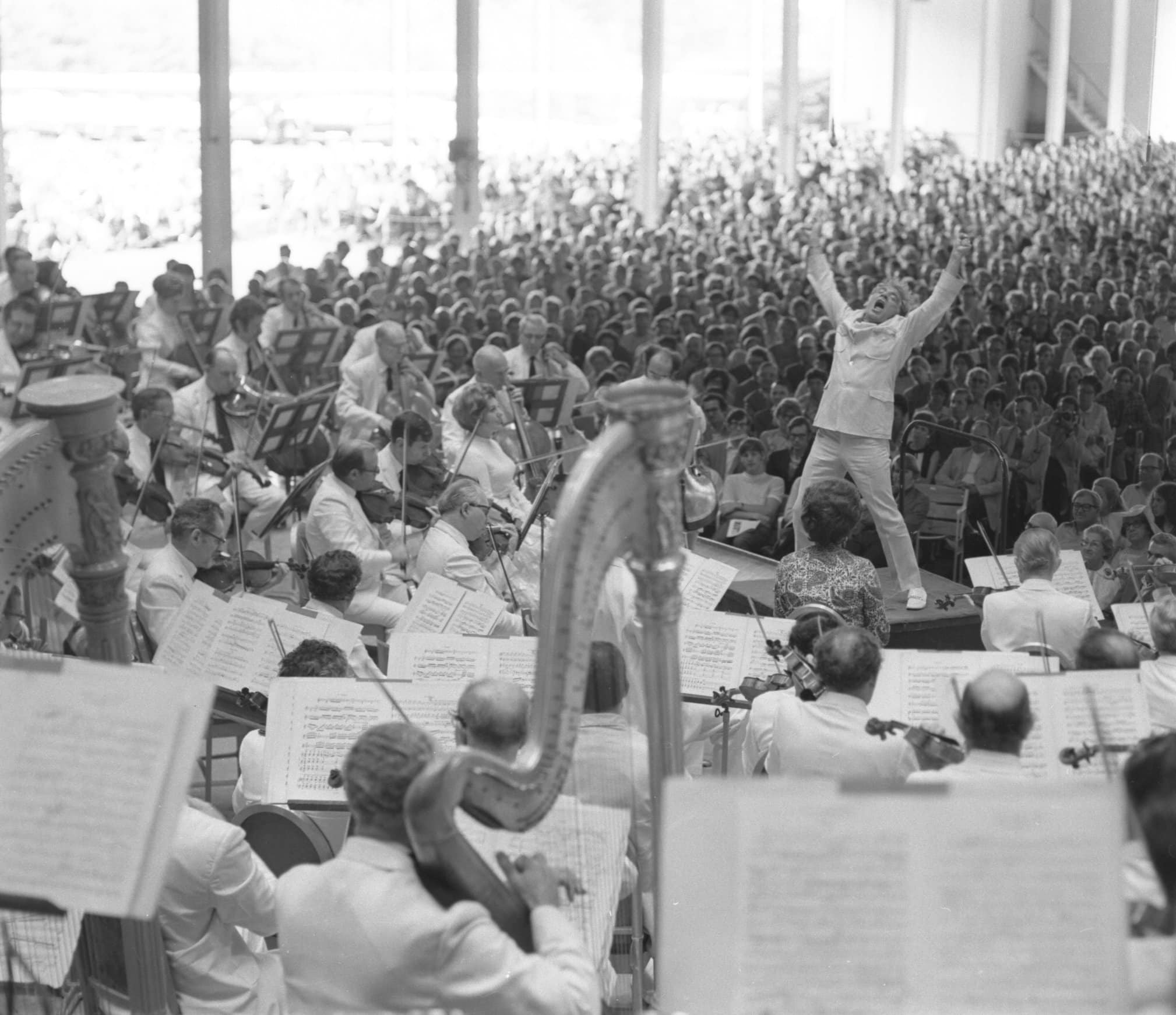There is a clear relation in this question to an earlier post which offers a definition of art. I posed the question to myself in this form after listening to the results of algorithms I am developing using Wolfram Codes 1 for rhythm generation. I will not even attempt to offer a lengthy, philosophically-rounded answer to the question, rather I will offer some thoughts as a response to the question in the context of its arising, once again, in my practice. So: I found the following result to be convincing, even if rather static:
When it came to testing with more obviously percussive input, classic TR-909 samples for instance, I remained convinced of the structures’ generic utility but less so of their artistic merit:
Hence:
What’s the difference between music as art and music as entertainment/decoration? Music as art often, even usually (?), breaks expectations and challenges listening/perceptual/classification processes. Music as decoration/entertainment uses established structures/codes and rarely breaks from them; it does not question or recontextualise them in order to establish new meaning/significance in the way that even a plunderphone can function with other plunderphones; that is, in an array of cultural references that may lurch from the sublime to the ridiculous, perhaps even inverting the original intention/significance of the work that was plundered 2, but which at least offers new experience.
So, concretely, the gentle metallic [first example above] and unmediated TR-909 wolfchick 3 [the second] structures are currently merely decorative, even whilst being perhaps meditative and, to me at least, rather attractive. In my view, in order to make them art something unexpected would have to happen, for example, the gradual or sudden substitution of foreign sounds/structures, in this case via reaper-play‘s 4 :item-processor functionality.
One such attempt could use a speech sound as a replacement of percussion samples every X events, where the replacement incidence is rhythmically/metrically structured, such that a meta-rhythm is established which in itself is interesting, and which engages and challenges the listener’s innate desire to parse the text and understand its meaning. Upon the first vocal utterance, the challenge to understand is proposed but immediately frustrated by gaps and repeated syllables, perhaps spaced too far apart, or never even really intelligible at all.
The following example is rendered from the same essential structure as the above, i.e. Wolfram Rule 30. The difference between the two is that three processes are applied to the first in order to gain the 2nd:
- rests are inserted in order to achieve unexpected hiatuses and establish demarcations of phrases, leading then to perhaps an expectation of something more significantly different (which in this example goes unrealised);
- similarly, sudden and unprepared tempo changes are inserted, mainly to something 50% quicker; these lead to different perceptual-grouping experiences that influence our sense of metrical organisation;
- after the first statement, speech samples begin to be inserted; an obvious, perhaps even necessary development of this would be to make something out of the speech samples themselves, for instance linking syllables/words together so that at some point they do actually form intelligible statements (that would be the first obvious thing to do, at least, but this remains unrealised in the example below).
Note that no claims are being made to any of these examples being great art. They are merely illustrative of a critical creative process and one early stop along the line of enquiry that I believe is fundamental to engagement 5 with the development of artistic forms. (But I may be wrong;)
- one-dimensional cellular automaton rules ↩
- e.g. making a ‘heroic’ cowboy film theme rather ridiculous by bookending it with cartoon-music snippets ↩
- that’s the name of my current algorithm ↩
- my newish method that writes reaper files via algorithms ↩
- i.e. usually but not necessarily intellectual and conscious ↩

Leave a Reply